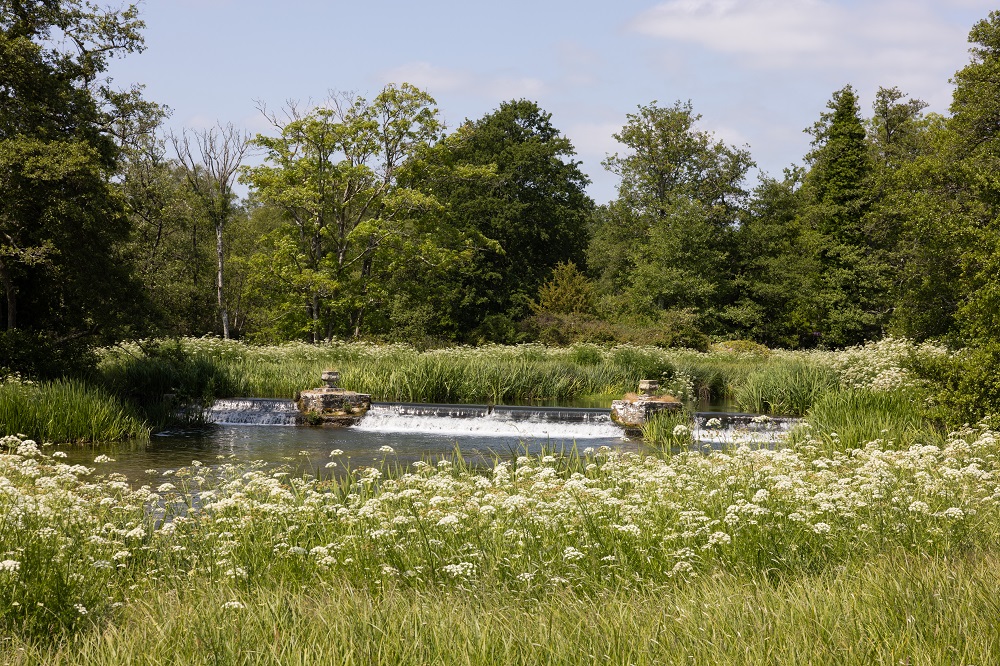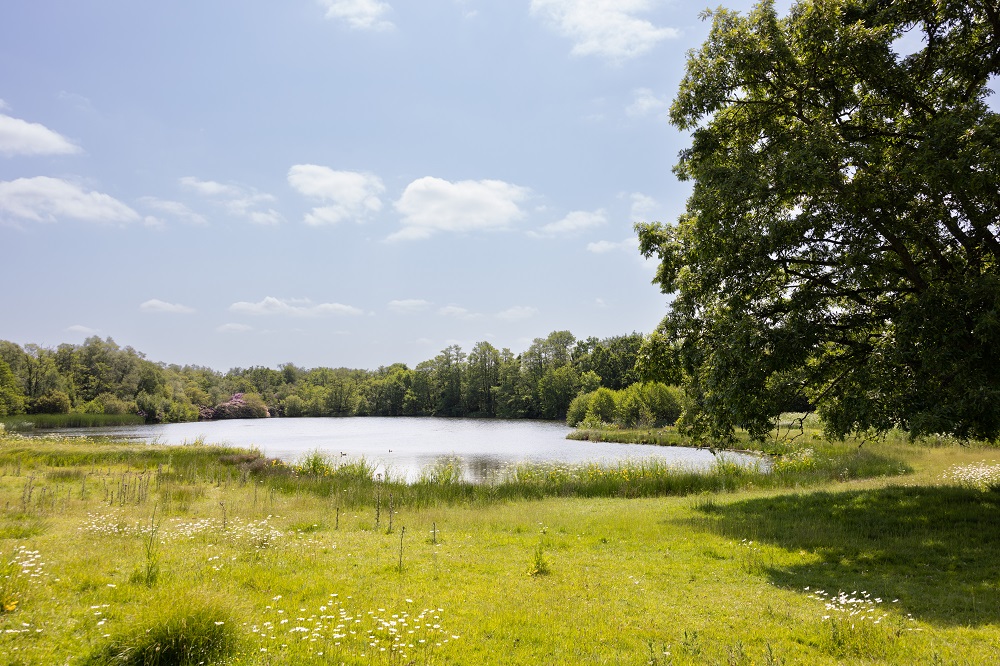How we support rural clients' natural capital goals
Andrew Shirley meets the owners of an estate that delivers a multitude of environmental and social benefits.
5 minutes to read
Justin and Jane Byam Shaw spent 20 years on and off searching for a country home, but it was only after the sudden death of their 14-year-old son Felix from meningitis that he took the plunge.
“I’d looked at the estate before," he explains, "and the price wasn’t right, but [Knight Frank's specialist property buying agency] The Buying Solution let us know it was back on the market with a separate house removed from the package, and we were able to proceed.”
Jane adds: "Felix loved wildlife and had talked about working in conservation as a career. Justin, Dan, his brother, and I are inspired by his deep love of nature and with our plans for this wonderful place, we believe we will be able to fulfil some of his ambitions.”
Four years on, the estate is actively participating in a number of environmental schemes of various scales. Jane's enthusiasm for nature is palpable as I talk to her on the veranda of her house, where we are surrounded by 280 acres of gorgeous Dorset countryside bursting with birdsong, water and wildlife.
“We are now able to help nature not only on our own property but also in the surrounding area,” says Jane to me and my Rural Consultancy colleague John Williams who, with Bertie Gilliat-Smith, manages the estate for Jane and Justin with the help of our Agri-Consultancy and Client Finance teams.
>
“It proves that you don’t have to have a huge estate to make a real difference,” John Williams of our Rural Asset Management team explains. “I suggested the owners got to know the estate for the first year and worked out their aspirations.
Since then, we’ve been working to help deliver their vision to create somewhere where the family can relax but at the same time boost biodiversity in the local area.”
Improving the water quality of the River Piddle, which runs through the middle of the estate and is surrounded by numerous pools and lakes created by earlier gravel workings, is a priority.
“It looks clean, and there used to be salmon jumping up the weir, but sadly the Piddle is one of the country’s poorest quality chalk streams," explains Jane. "That is having a big impact on Poole Harbour and all the wildlife that lives there."

Jane Byam Shaw
The Felix Project
It’s not just nature restoration that Jane and Justin are passionate about. When the conversation turns to the Felix Project, which they founded in 2016 and aims to tackle food insecurity and food waste in London, Jane becomes even more animated.
“Felix told us one weekend that his football team had played in a tournament, and he was shocked that some of the boys in a team from London had not had breakfast or anything else to eat before playing. After his death, we just felt we had to do something.”
The numbers are shocking, and it’s no wonder Jane and Justin have taken their son’s concern and empathy to heart.
It’s bad enough that millions of people, in particular children, have to go hungry, but what really rankles after talking to Jane are the millions of tonnes of perfectly edible food that are going to waste in the UK every year.
“The situation is only getting worse due to the cost-of-living crisis,” adds Jane. “We are already working with around 1,000 charities in London, but another 500 have asked for our help and are on the waiting list.”
I wonder if she and Justin get involved in political lobbying to persuade the government to do more. Jane demurs but says Justin is involved in the debate about using farmland to grow crops to feed anaerobic digestors instead of producing food.
Justin is actively involved in food production himself and has renovated the estate’s walled garden and added a well-hidden polytunnel to produce an impressive array of fruit and vegetables that can be used by The Felix Project.
It’s just one more example of how the owners are helping people and planet. “We really want to leave something that’s in better condition than when we found it,” says Jane.

Maximising the value of natural capital
Size isn’t everything when it comes to taking advantage of opportunities that reward efforts to improve the environment. Knight Frank’s Bertie Gilliat-Smith, who helps manage Jane and Justin’s estate, runs through some of the schemes they are involved with.
Nitrate leaching tool
The Poole Harbour catchment area has been significantly affected by nitrate and phosphate leaching since the 1960s.
Around 75% of this has been blamed on agriculture. In conjunction with the Environment Agency, the Poole Harbour Agricultural Group has developed a nitrate leaching tool that calculates nitrate losses and sets maximum farm leaching targets.
Estates like Jane and Justin’s that come in below target earn credits that will be tradeable within the membership of the Poole Harbour Nutrient Management Scheme.
The Wareham Arc Landscape Recovery Scheme
This covers three river systems – the Piddle, Frome and Sherford – and involves 26 partners, including landowners, tenants, public and government bodies.
This ambitious project aims to connect high-nature value pockets of land – Purbeck is the most bio-diverse 10 sq km in the UK – and reduce the environmental impacts on Poole Harbour. £900,000 of funding has been allocated to a two-year development stage.

Countryside Stewardship Mid-Tier Scheme
We explored all options available to the owners as part of their drive to maximise biodiversity and natural capital across the estate. This scheme has allowed us to positively manage the environment/grassland across the estate, providing food and shelter for a range of species that are in residence.
Capital funding helps maintain existing boundaries and protect areas that are nature-rich.
Countryside Stewardship Higher-Tier Scheme
Building on the above, Higher-Tier funding has helped us create a woodland management plan. The funding will allow us to manage invasive species, such as rhododendrons, that are prevalent across the estate.
Along with thinning, this will encourage other species, ultimately regenerating and enhancing vast amounts of biodiversity.
Download The Rural Report 2023/24